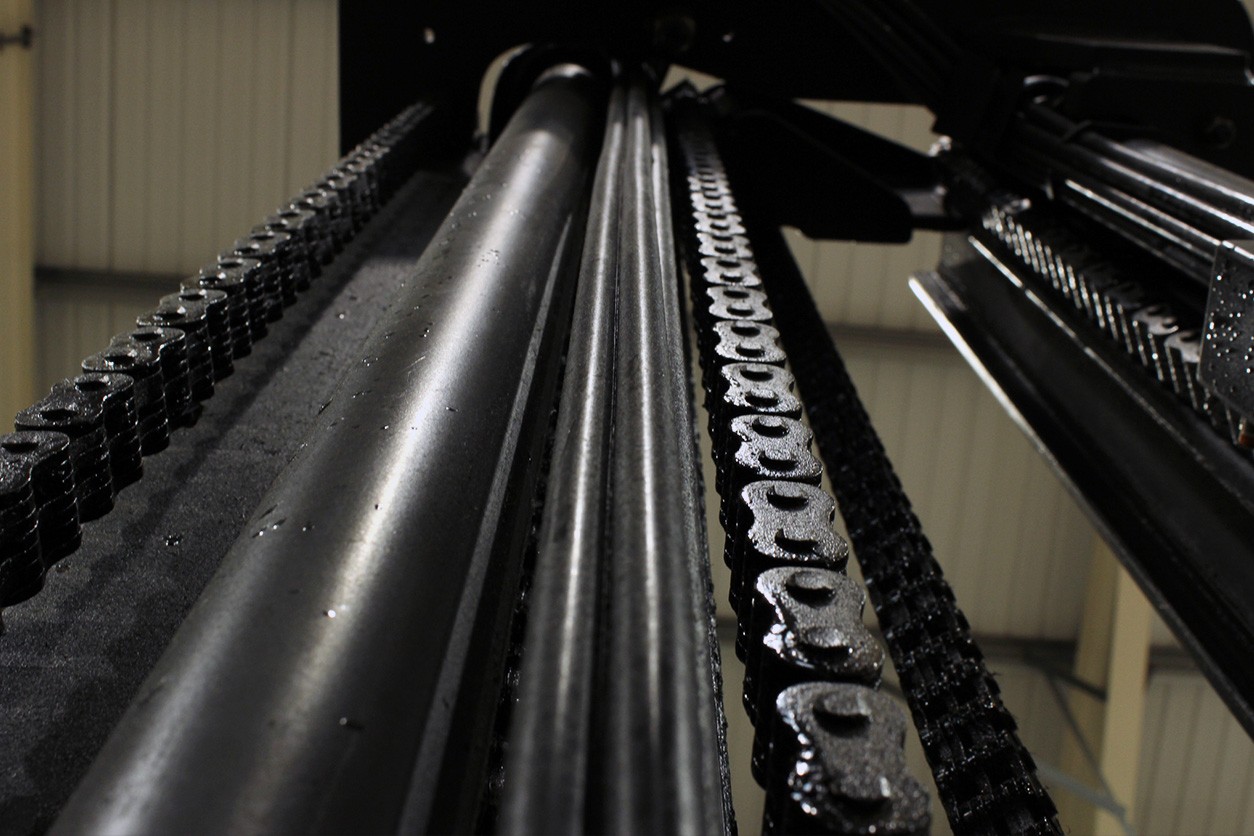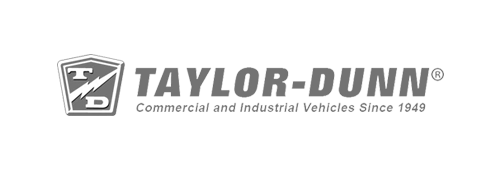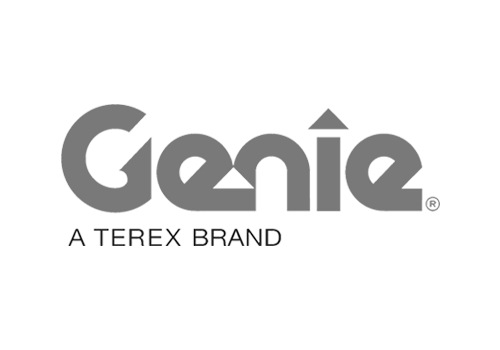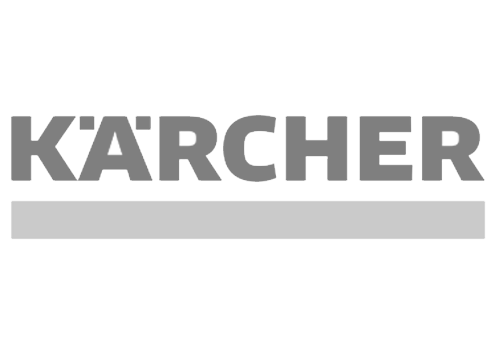
At Barclay Brand Ferdon, we’ve provided countless business owners over the years with the forklifts and fork attachments they need to get the job done. Whether you’re looking to rent a forklift for a specific need or you need to purchase a new fork attachment, our team of industry experts will help you narrow down your choices, providing you with the knowledge you need to make the best decision for your business.
When it comes to forklift masts, there are a few options, and you need to account for overhead clearance, as well as the space between aisles. Here, we take a closer look at forklift masts and how to pick the right kind for your application.
What Is a Forklift Mast?
A forklift has many moving parts, but the mast is where the heavy lifting happens. The forklift mast is also known as the upright, and it’s located on the front of the machine. While the fork on the mast holds the physical weight, it can’t lift anything without the following components:
- Carriage: The carriage is the part of the forklift on which the fork and other forklift attachments are mounted.
- Lift cylinders: The lift cylinders power the vertical movement of the forklift, allowing the fork to hoist the heavy loads off the ground for transportation.
- Mast chains: The mast chains are attached to the carriage and are passed around a wheel, creating a pulley system that aids the lift cylinder and fork in lifting the load.
Most forklifts make use of a hydraulic system that allows the mast to lift heavy objects. When in use, the lift cylinders raise the inner mast (the part of the forklift that moves up and down), and the mast chains lift the carriage and fork.
The Different Types of Forklift Masts
There are four different types of forklift masts, with each named for the number of rails it has. The more rails a forklift has on the mast, the higher it can lift. The four types are:
- Single-stage mast: The single-stage mast only has one channel, and therefore has a limited lifting height and no free lift (the ability to lift both the forks and load without movement from the mast channels). You’ll typically see these in an outdoor setting where there’s little to no concern about overhead clearance.
- Two-stage mast: A two-stage mast is more common than a single-stage. It’s frequently used to stack items indoors, where there is minimal overhead clearance. It’s also capable of free lift.
- Three-stage mast: The three-stage mast is the most common type of forklift mast. You’ll find these in larger warehouses as the free lift on the three-stage offers a greater range of movement, which makes staking at greater heights much easier.
- Four-stage mast: A four-stage mast (quad-stage) offers the highest reach of the mast types, and is used in warehouses and industries that require excessive space to store their products.
Enlist the Expertise of Barclay Brand Ferdon
We understand that each business and warehouse is different and therefore will have specific requirements when it comes to mast height, which is why we work with you when you’re selecting your forklift mast and other equipment. Barclay Brand Ferdon has served New Jersey and New York for over two decades, and our team is standing by to help you determine which forklift mast is right for you. Contact us today for more information.







